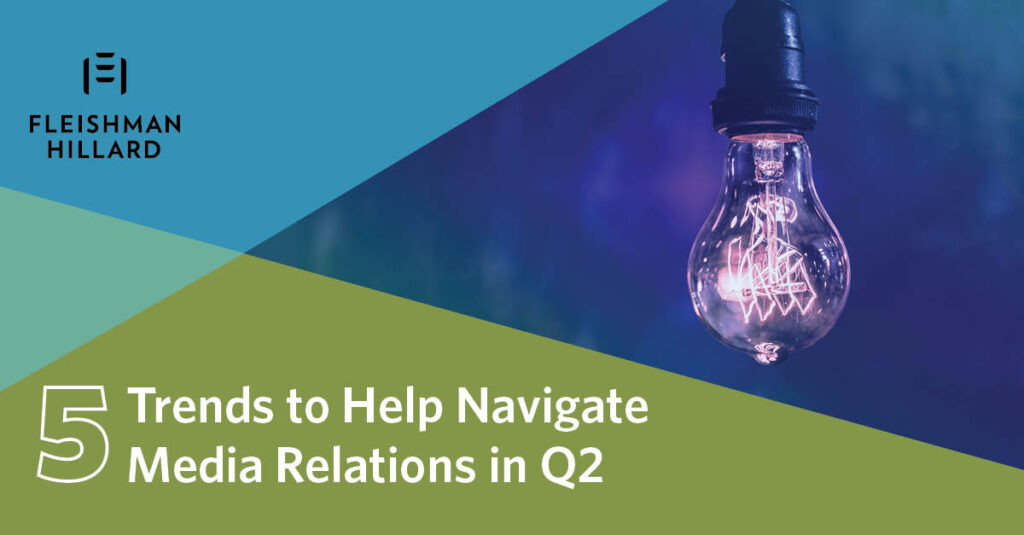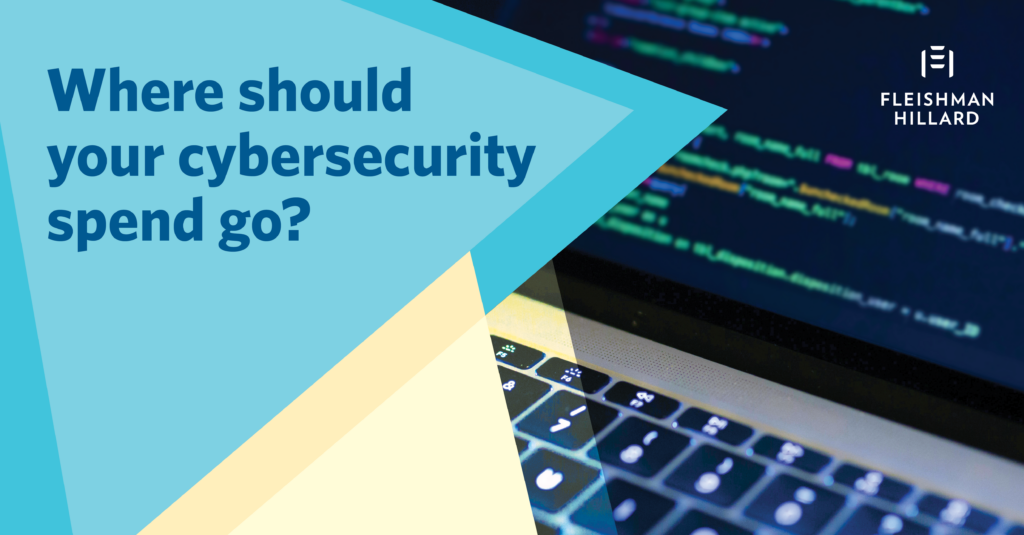How to Attract and Retain the Next Generation of Talent
A New Approach to the Employee Value Proposition
Gallup recently published its State of the Global Workplace 2023 Report and the results are grim. Engagement has dropped another 2% in the U.S., with employees continuing to check out at record levels.
In fact, according to Gallup, the majority of your employees (60%) are disengaged at work — with 18% actively disengaged.
This means most of your workforce is simply putting in a less than optimal effort to drive your business forward — and probably looking for another job. While nearly a fifth of your employees are actively doing harm by undercutting business goals and railing against leaders.
What’s going on?
The truth is companies leaned heavily on their employees during and after the pandemic – and employees, particularly Gen Z, are pushing back and reshaping their relationship with their employer.
They want more flexibility and autonomy. A focus on mental well-being. A better work-life balance. And to work for companies whose purpose and values align with theirs.
And while most organizations have recognized this fundamental shift, the empathy gap between workers and company leaders is now bigger than ever. As the WSJ put it, “rarely have bosses and workers been so at odds over so much.”
Rebuilding employee trust and engagement.
Organizations need to rebuild employee trust and engagement. Particularly with the 60% of employees who are disengaged. When you think about it, they’re your greatest opportunity for growth if you can re-engage them by clearly reinforcing and rearticulating your promise and aligning them behind it.
The most effective way to express that promise is through an Employee Value Proposition (EVP), conveying your unique offering as an employer (“the gets”), balanced with the expectations (“the gives”) for prospective and current talent.
However, the truth is EVPs have been around for a long time and frankly many of them are too transactional, vague and generic. More important, they often don’t authentically reflect the actual lived experience of your employees.
Which is why FleishmanHillard has taken a new approach.
A new approach to fulfilling your employee promise.
In our report “Unlock the Power of your EVP: Fulfilling Your Brand Promise to Talent,” we highlight how the conversation has shifted from compensation and benefits to one that reflects employees’ new expectations. An EVP that:
- Clearly articulates what you value, and what you value in others, in an authentically human voice.
- Explains how you provide employees with opportunities to grow.
- Tells the story of who you are and what you stand for, highlighting your commitment to shared purpose.
- Represents your vision for the candidate and employee experience – from entry to exit.
- Spells out your expectations of employees in creating a safe, caring and inclusive workplace.
- Maps out how you’re empowering employees to make well-being a priority and find balance in their personal and professional lives.
The human deal.
This new approach to EVP calls for a human deal that recognizes employees as people, not just workers, and delivers on attributes that allow the integration of an individual’s employee experience and life experience. The nine elements to get right:
1. Well-being
- Compensation and Benefits: Am I rewarded fairly? Do my benefits and compensation align with my skills and experience?
- Work/Life Balance: Am I able to balance and integrate my personal and professional life? Am I able to perform my job wherever I am?
- Safe and Efficient Workplace: Is the technology effective? Do I feel both physically and psychologically safe?
2. Growth
- Recognition: Am I acknowledged and rewarded for good work?
- Advancement: Do I have opportunities to learn, grow and advance my career?
- Pride and Affiliation: Am I proud of my company? Can I grow as my company grows? Does it provide me with challenging and meaningful work on prestigious projects?
3. Belonging
- Belonging: Do I feel a sense of belonging? Is my firm inclusive and diverse? Do I feel accepted?
- Culture: Does my company have a positive, collaborative and inspiring workplace culture?
- Purpose: Is my company committed to having a positive impact on society? Does my company’s purpose and values align with mine?
Of course, the work doesn’t end with mapping out the EVP itself. From top to bottom, leaders throughout the organization need to understand the company’s EVP strategy and the role they play in bringing it to life for their teams.
This requires thoughtful approaches that continue to inform, equip, align and engage leaders at all levels in making your EVP a lived experience, not just words on a page. Managers, as employees’ most sought-out and most trusted sources of information, are a particularly critical link in this chain.
With these considerations addressed, the EVP should and can be a strategic brand platform and an essential component of your corporate business strategy. Whether you’re just about to define your EVP or refresh an existing one, if done right, it can drive performance and profits, with noticeable improvements in important business metrics, such as turnover, absenteeism and accidents.
A strong EVP has the power to transform your disengaged workers into motivated and engaged employees aligned with your business priorities.
Paul Vosloo leads the Talent & Transformation team out of FleishmanHillard’s New York office.











